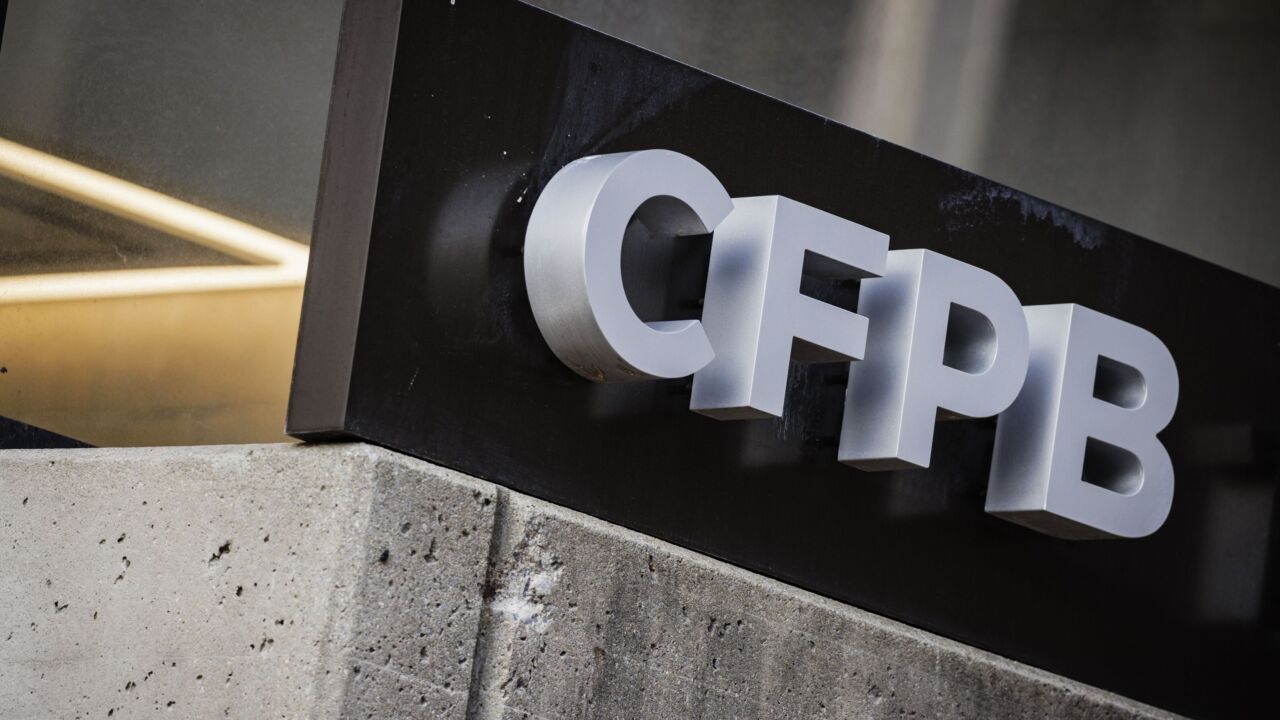-
It's not too soon for CEOs to think about how they'll fill the profit hole sure to come when interest rates rise and the number of borrowers eligible to refinance ultimately drops.
July 30 -
Bank of America Corp. is limiting the number of refinance applications it accepts over the phone, telling borrowers who do not have an existing relationship with the bank that they may have to wait 60 to 90 days before they can get their application processed.
February 8 -
Bank of America's latest management shake-up is all about increasing "customer share," says home loan sales exec Matthew Vernon. It wants to capture more of the 86% of B of A clients who go elsewhere for mortgages. Sound familiar?
October 24

Banks are hyper-focused on cross-selling these days as a way to boost profits, but a new survey shows that many are not doing a very good job of selling one of the most basic products to existing customers: the mortgage loan.
Though a majority of bank customers say they would prefer to get a loan from their primary bank, only 39% have actually done so, according to a new online survey by Carlisle & Gallagher Consulting Group.
Many of the respondents to the survey — 66% — cited high costs as the main reason for looking elsewhere. Another 56% said the amount of time it took to get a loan was a deterrent, while 28% complained about the onerous nature of the application process.
Some are going to rival banks, but Tom Mataconis, a vice president of consulting at Carlisle & Gallagher, says that may consumers still turn to mortgage bankers and brokers for their largest purchase because they simply offer better rates than most banks.
"There's a huge opportunity for banks within their captive customer base but they have to offer a cost-competitive product," he says.
To be sure, Bank profit margins from mortgage lending are at their highest level than at any time in the past 12 years, thanks largely to a
Still, the survey results are a sobering reminder to banks that measures such as customer service and convenience, while valued, often take a backseat to price. Overall, 84% cited cost as the No. 1 factor in choosing a mortgage lender, while only 42% cited trust in their mortgage advisor and just 15% said that being treated as a unique customer was most important.
Some banks have made it a priority to convert more of their checking account customers to borrowers.
Bank of America (BAC), for example, has about 58 million customers and one of Chief Executive Brian Moynihan's chief goals is preventing many of them from looking elsewhere for home loans. On a third-quarter conference call last week, Moynihan said that the bank's direct-to-retail channel remained strong, with first mortgage originations up 19%, to $20.3 billion compared with a year earlier. That happened despite B of A's exit from correspondent lending, where it had volume of $16 billion a year ago.
"It's part of the focus of the strategy of the company to make mortgages to our customers and do a great job of it as oppose to buy closed loans in the secondary market," Moynihan said. "We are not changing that strategy."
At the $6.1 billion-asset Boston Private Bank & Trust, a unit of Boston Private Financial Holdings (BPFH), making mortgages to wealthy consumers is a key part of the cross-selling strategy.
John Sullivan, the bank's executive vice president and manager of residential lending, said that the Boston Private will offer a slightly lower interest rate to customers if they commit to keeping a minimum of $50,000 on deposit.
"We're looking for a relationship besides the mortgage transaction," says Sullivan. "It helps us identify the kind of client we're looking for, which is not everybody."
Still, some bankers say that tapping the existing customer base for mortgage clients might not always be the best approach, says Randy Bowers, the president and chief executive of $832 million-asset Malaga Bank in Palos Verdes, Calif. Though nearly half of Malaga's home loans and refinances now come from cross-selling to existing customers, Bowers says there is a downside.
"If you're a community banker and you have a good customer and get them in the process of refinancing, it doesn't always turn out well," Bowers says. "As much as you front-load the process and tell the customer to be prepared, they are always shocked."
Many borrowers looking to refinance get turned down either because a new appraisal does not support the current value of the home or because they have less income compared with a few years ago. The amount of documentation that's now required to get a loan can seem enormous — two years of tax returns and pay stubs for starters, compared with a few years ago when stated income loans required no documentation. Many banks are providing borrowers with a checklist of all the documents needed to complete an application, including online videos that walk them through the process. But Bowers says the slow economy as not helped.
"There are not a lot of eligible borrowers out there," he says. "You hear the horror stories about how you go to get a loan and they put you through the wringer. They're true."





